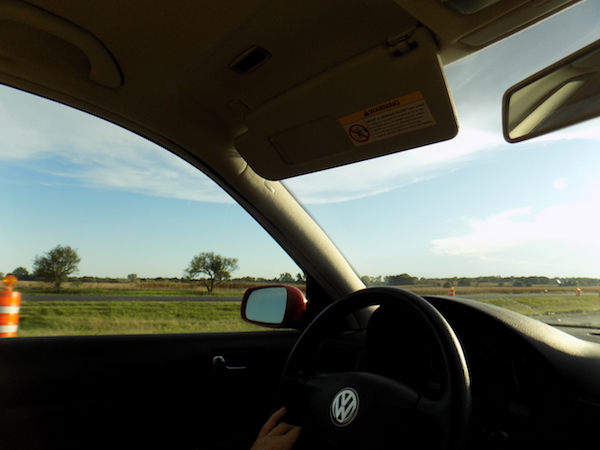
From the 1930s to the present day, human cadavers have been used as crash test dummies. These cadavers, donated to science, have been invaluable sources of information and have gone a long way towards making our cars safer. From seatbelt use to airbags, we all have the cadaver to thank for safer accidents that would have, in the past, killed or severely maimed us.

Dummies are not Enough
Crash test dummies are only useful for measuring impact force during an accident. They cannot tell researchers how these injuries will specifically affect the body, skin and arteries. For this reason, researchers need human cadavers to understand how a certain crash might injure a living body. [1]
Dummies Don’t Move Right
In studies that showed the differences between the movements of dummies and those of human cadavers in car accidents, it was plainly shown that dummies cannot be relied upon to determine human injuries. For example, when in a simulated car accident, dummies moved stiffly upon impact whereas human cadavers would flail and are limber. In a front impact accident, the dummy’s head would go up, but a cadaver’s head would tilt downwards. [2]
Consent
Before any cadaver is used for testing, it must meet three requirements. First, the deceased person must have given his or her consent for the testing before his or her death. Second, the family of the cadaver must also give its consent. And third, the cadaver can only be used if the data cannot be gained by using a crash dummy. [3]
Baboons
Child cadavers are tabooed for use in crash tests and very few parents would consider donating the body of a child to science. Instead, researchers sometimes use baboons to simulate the injuries a child might receive in a car accident. For this very reason, injuries to children in car accidents cannot be properly predicted. [4]
Pigs
Pig carcasses are sometimes used to try and determine how an accident might injure the organs in a human adult. However, a pig’s carcass can only provide so much data to researchers about crash injuries due to the fact that pigs are not built like humans. [5]
Becoming More Realistic
While researchers continue their efforts to build crash test dummies that react like real humans, they still need the use of cadavers to determine the real differences between a real body crash and a dummy crash. These crash cadavers are autopsied after each crash to see what injuries are received and the data is used to build the dummies with similar structural weaknesses. [6]
The Cons
While using a cadaver is ideal for determining how a crash will affect the human body, there are also some limitations in its use. First of all, a cadaver can only be used once. After it has endured one crash, it cannot be used in a second crash. Also, most human cadavers are older adults, most likely to be in their seventies. This means that the data that is gathered pertains to how a crash affects older individuals. Crashes may affect younger adults far differently that an older adult. [7]
Not Just for Car Crashes
Interestingly enough, cadaver crash subjects are not only used in the automobile industry, they are also used in the space program. Engineers need to build capsules that will protect living astronauts upon landing. Cadavers are used to develop safety measures that can be implemented in capsules as they return and crash land into the sea. [8]
Donating Your Body to Science
To learn more about donating your body to science and what may be done with your body, visit ScienceCare.com.

